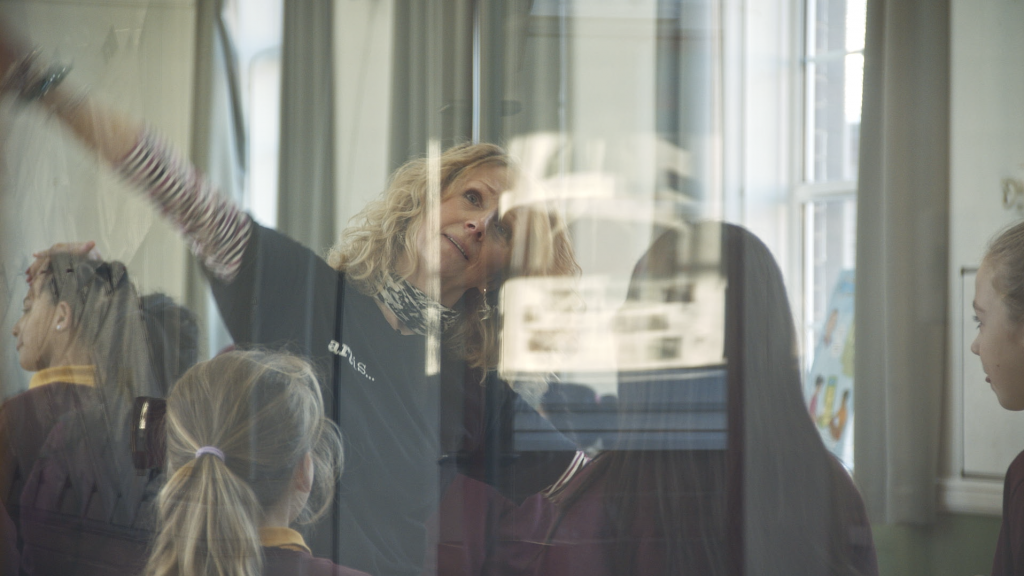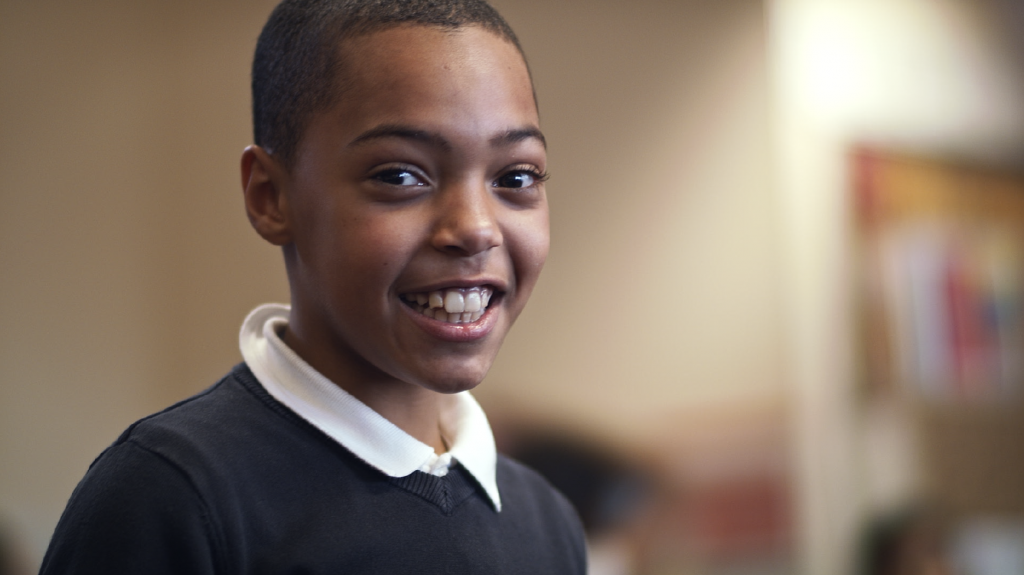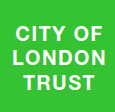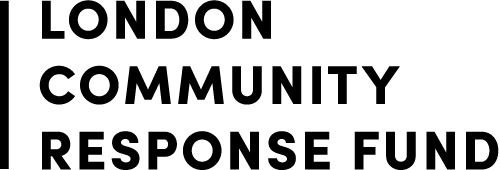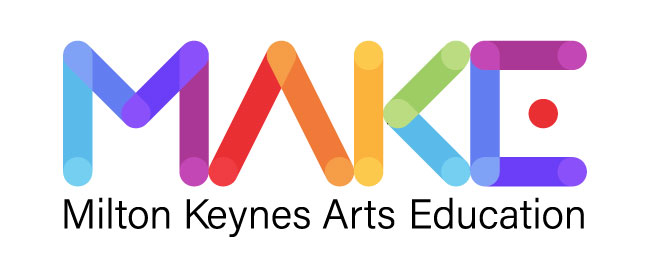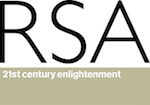Reflections on Discover Wellbeing
By Artis Specialist Dawn Huxley (Crunch)Any new school that I, as an Artis Specialist, work in is a privileged, humbling experience. Delivering the five week Discover Wellbeing mental wellbeing project was no different, in many ways it was an honour. I delivered the project concurrently in two schools in the West Midlands through drama, music and movement. Initially, many of the students were reluctant to get involved; talking about their emotions and the reasons for them can be very difficult. However, they very quickly gained confidence and felt able to step out of their comfort zone and became at ease with exploring their emotions. Our sessions always began with a ‘check-in’ where I invited the children to silently, and as a group, consider how they were feeling. Always done with great care, this activity allowed the children a moment of self-reflection, something that in many cases was a new and daunting experience. The objective was to remove the stigma that getting in touch with our emotions can sometimes have, and normalising it, creating a safe space to silently think and feel. These moments became easier as the sessions went on and the children quickly adapted and any feelings of self-consciousness vanished. Exploring words attached to our emotions and finding ways to name them was a thread that ran through the sessions. Looking at how these words can be subtly different, for example anxious and nervous, excited and overjoyed. The children were given an opportunity to understand these differences through ‘Sculptor and Sculpture’, a drama technique where the ‘sculptor’ moulds and places their partner, the ‘sculpture’, into a given emotional pose that they are only privy to. These sculptures are frozen in our imaginary gallery where they can be viewed and commented on by ‘visitors’. These visitors to the gallery would then choose which of the emotion cards fits with each sculpture and places at their feet. This was always a lot of fun and the children took great pride in their creations. It culminated in a very insightful discussion where they shared their thoughts about the sculptures and their subtle physical differences. We explored The Hare and the Tortoise fable, a simple story with a poignant meaning. The children were asked to compare the characters: the hare’s boastful confidence alongside that of the quiet, unassuming tortoise. This exploration enabled the children to think about their own relationships, how to deal with varying personalities and how they can affect us both positively and negatively. We began by focusing on the tortoise, they were invited to think about a time in their lives where they felt that no matter how hard they tried things didn’t get any better. Using the story, they were then asked to think about how they could boost the confidence of the tortoise during the race; what encouraging words would they chant as he was making his way along the racetrack? What could the tortoise say to himself – his inner dialogue? Following a sharing of ideas, the children created large banners with their chosen chant and performed these in character of ‘race watchers’. What evolved was a wonderful cacophony of positive chanting conducted by two of the children. A prop as simple as a floaty scarf was a wonderful tool to look at non-verbal communication; a simple concept that we all practice every day, though, often unexplored. Through various activities they were able to appreciate how we can say so much without words, to both positive and negative affect. The scarf became an extension of their emotions and moods, allowing them to converse with a partner. Bringing in the constraints of turn-taking further developed their understanding of listening and waiting to be heard. They explored two scenarios: friends falling out and friends making up again. Performed to music, they shared their scenes in turn to the class. This prompted some interesting comments and conversations. The activity clearly developing their observation skills on reading body language, simple techniques on how to make up and how we all communicate our feelings without words. It was wonderful to be part of such an empowering project, enabling children to become equipped with an emotional toolkit which they can only build on. A short film of the project is available to view here.
|
07 Apr 2020 |

